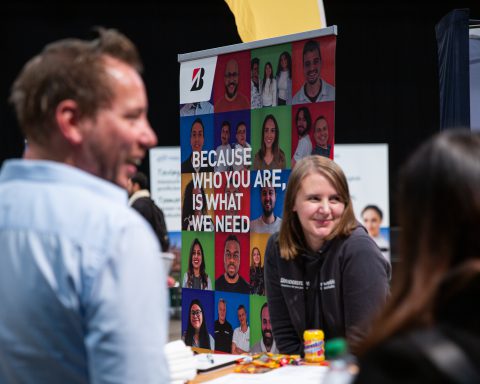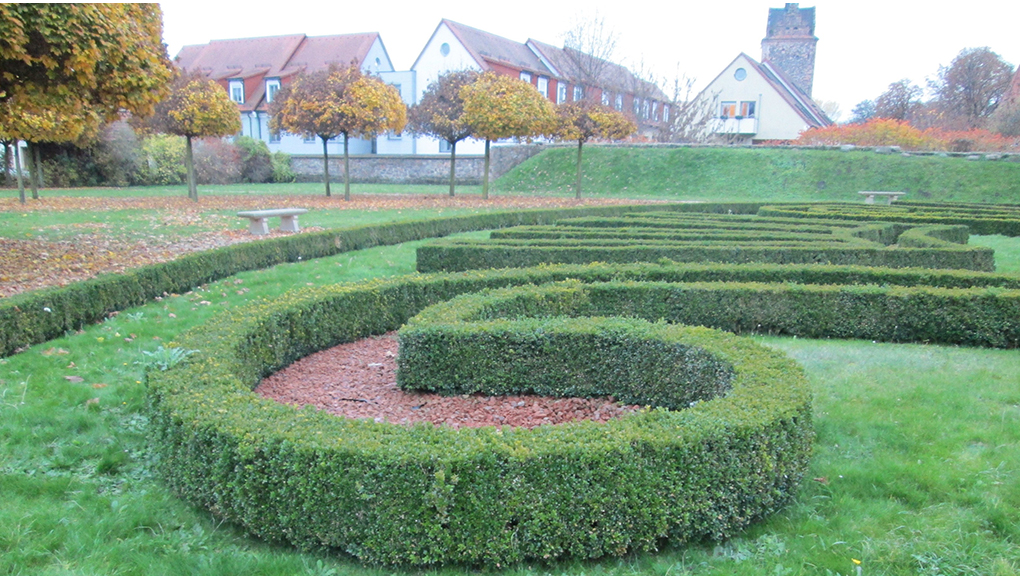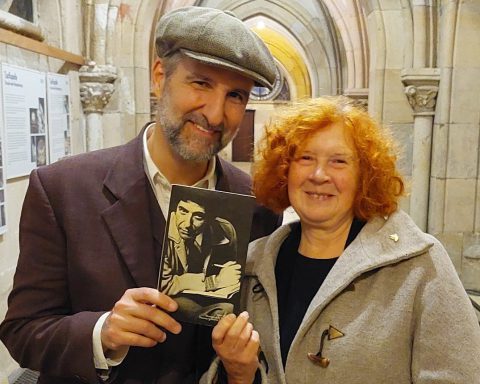I am coming out. You may have suspected it already. You may have actually been fairly certain at times.
I am here to tell you that you were right: I was born a citizen of the German Democratic Republic, a country that no longer exists. Wow, that wasn’t that hard though, was it?
Well, believe it or not, but behind the cosy façade of my FRG-passport lies concealed a bubbling volcano of emotion. I am tired of being complimented for Willy Brandt’s Ostpolitik. I am tired of being asked how I feel about winning the World Cup four times. And I am tired of hearing the words Stasi and Plattenbau. When a Wessi confronts me with any of these things, I know that they’re just being patronising and offensive. When non-Germans do it, it is mostly out of ignorance.

So here it is: my official (non-exhaustive) list of traps to keep in mind when conversing with East Germans.
The World Cup: “Germany won the World Cup four times, in 1954, 1974, 1990 and 2014.” Notice something? That’s right, the first three wins occurred when Germany was still divided. Germany as a whole won just once, in 2014, with just one East German player in the squad to rule them all (Toni Kroos). What East Germans do celebrate is the legendary goal by Jürgen Sparwasser in the World Cup of 1974 that secured the GDR’s victory against the FRG.
Stasi: “So you’re from East Germany? I’m sorry. I’ve heard all about the Stasi.” East Germans are sick and tired of hearing this. Believe it or not, but there was more to life in the GDR than bugs, hidden cameras and secret agents. Nevertheless, the Stasi was a reality, and most Ossies are relieved to finally live in a society without mass surveillance. We can now send texts and emails knowing with certainty that no one is reading along.
Plattenbau: “The Bowlingtreff was much more than a bowling alley: it was a way to escape the Plattenbau reality of the GDR.” I know you probably love this image: people behind a grey wall, wearing grey coats, driving grey cars, living in grey, square-shaped buildings, watching black-and-white television. What you probably don’t know is that after WWII and the arrival of millions of refugees from the formerly German territories that are now part of Poland, the GDR had a severe housing problem. The housing development areas of Grünau or Halle-Neustadt (colloquially known as Hanoi) created thousands of spacious apartments with central heating and integrated toilet facilities. Nevertheless, only 20% of Leipzigers actually got to enjoy the luxuries of a Neubauwohnung.
West German history: “The European Coal and Steel Community merged French and German coal and steel industries.” No. I have read this in dozens of books, and I have heard it recited by lecturers throughout Europe. But it’s wrong. The East German coal and steel industries were unaffected by early European integration. In fact, the GDR was engaged in its own attempt to facilitate European unity with its fellow socialist Bruderstaaten, such as Stalin’s USSR or Ceausescu’s Romania. Also, while I’m at it, from our point of view Willy Brandt was the leader of a different country, as was Adenauer, Schmitt and all the other chancellors before 1990. Most Leipzigers fail to understand why prominent streets and squares in the city centre are named after these foreign politicians. After all, there isn’t any Churchillplatz or De-Gaulle-Straße either.
Reunification: “In 1990, East Germany and West Germany were reunited following the Peaceful Revolution.” This is the most common historical inaccuracy that East Germans are daily confronted with. The truth is this: In 1990 East Germany was annexed by a foreign power. There wasn’t even a referendum!
I don’t want to be all negative. Of course, a lot has happened since 1990. In 2015, East Germany’s industrial output had finally surpassed pre-unification levels. Yes, it’s true, in 1991 East Germany had the lowest birth rate in recorded human history, but three months ago population levels began to stabilise for reasons yet unknown. Thanks to West Germany’s generous investment programme into the former GDR’s infrastructure, my homeland is once again teeming with life and opportunity. If you play it right, and if you avoid these traps like the plague, chances are that you will thrive in East Germany.









![Wine & Paint event on 9 Nov. 2024 at Felix Restaurant, Leipzig. Photo: Florian Reime (@reime.visuals] / Wine & Paint Leipzig](https://leipglo.com/wp-content/uploads/2024/12/pixelcut-export-e1733056018933-480x384.jpeg)

